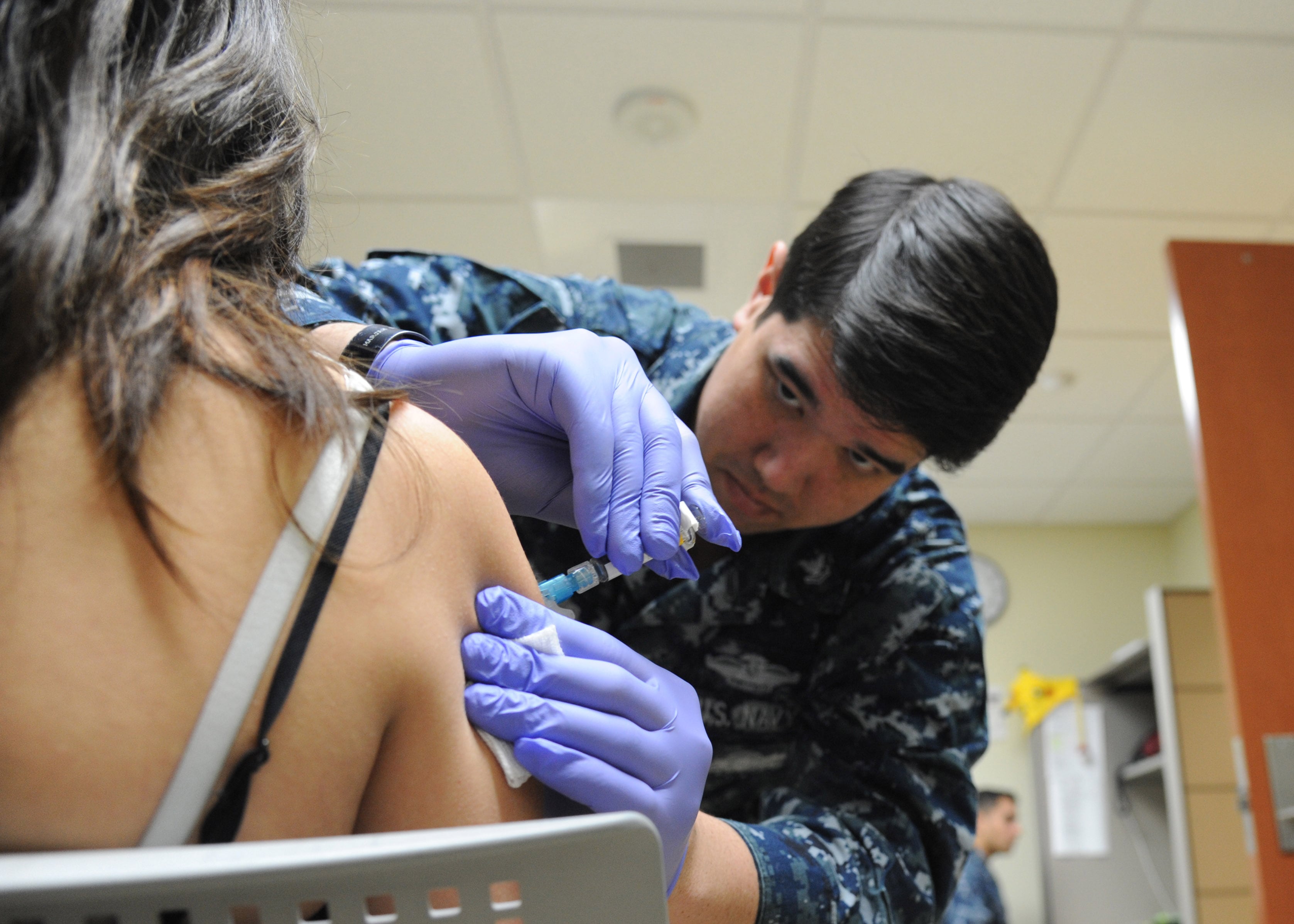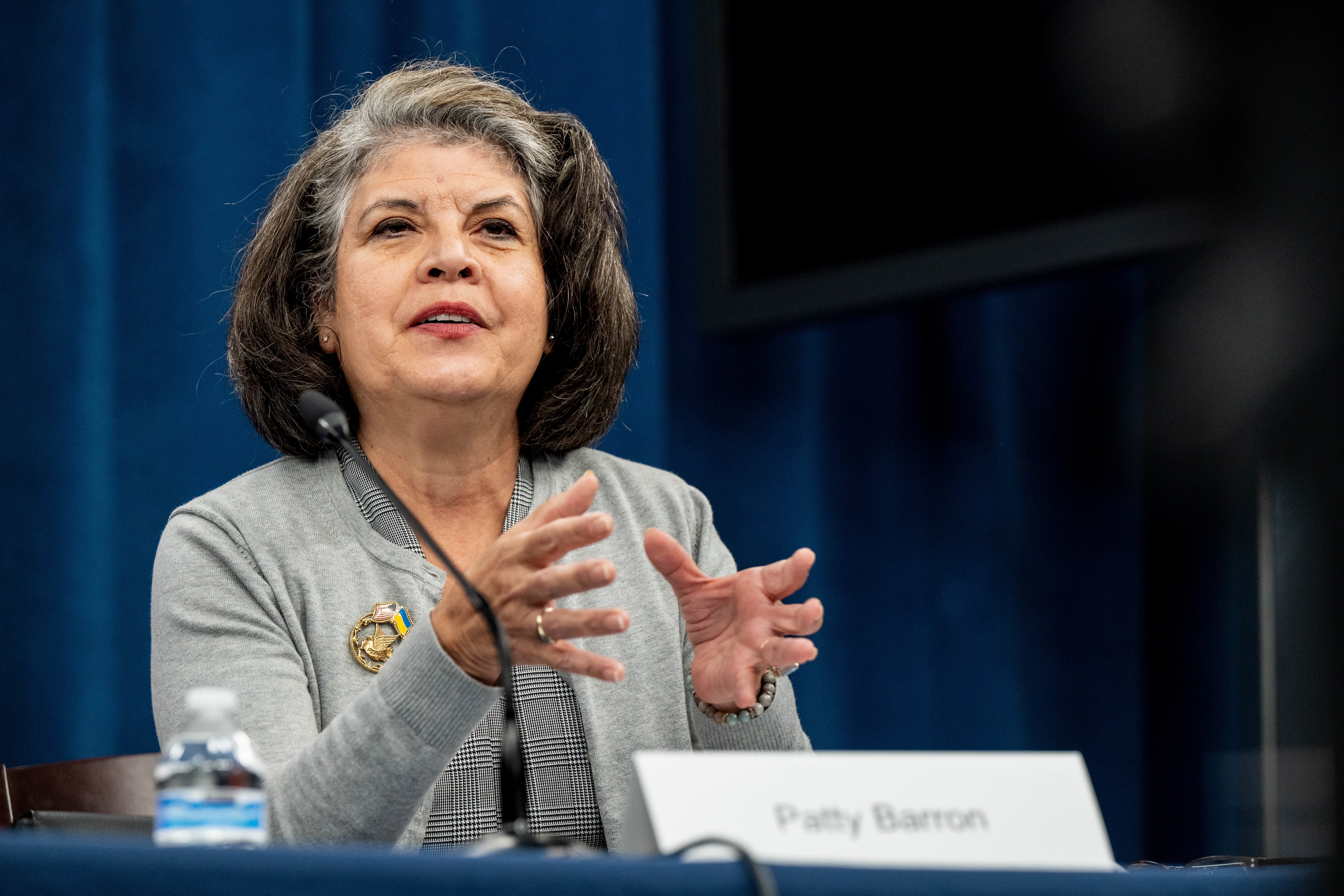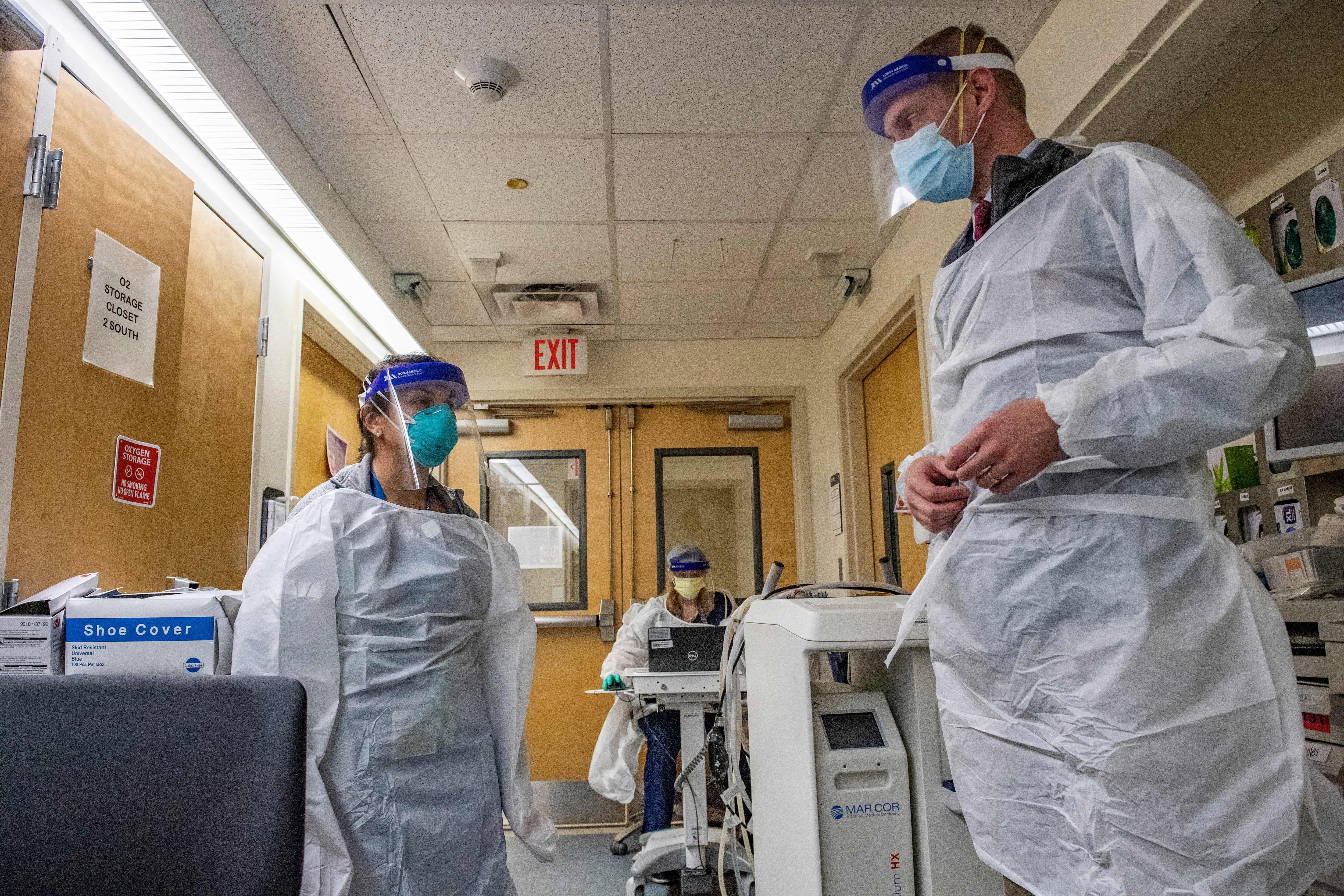Editor's note: The following is an opinion piece. The writers are not employed by Military Times and the views expressed here do not necessarily represent those of Military Times or its editorial staff.
There has been considerable publicity, particularly instigated by a soon-to-retire female Marine lieutenant colonel, about the supposed failings of the Marine Corps when it comes to and how the service Corps basically trains women.
Sadly, the positive side of this argument doesn’t generate the kind of attention that the accusations have. So we’ll start with this: Marines of both genders have been extremely successful in transforming recruits — male and female — into Marines at both Marine Corps recruit depots (San Diego and Parris Island, South Carolina) for decades.
While there are no female recruits at San Diego, there are female drill instructors there teaching a variety of classes to the male recruits. The reason there are no female recruits at San Diego is one of finance and efficiency — with only 2,700 women entering the Corps each year on average compared to 40,000 men males, having female facilities at both depots is was just not cost effective.
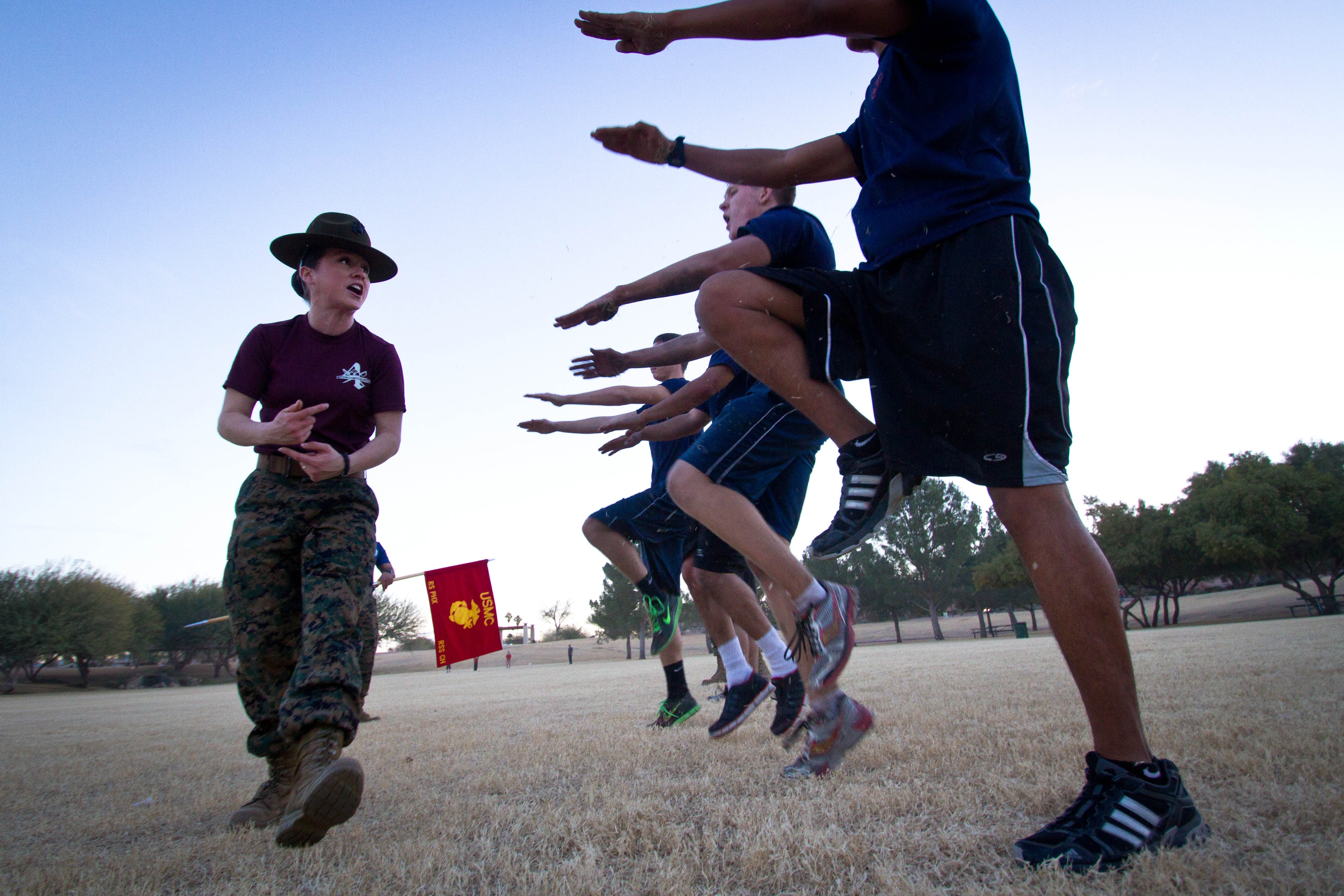
Sgt. Julie Martinez, a drill instructor from 4th Battalion at Marine Corps Recruit Depot Parris Island, S.C., instructs poolees during a physical training exercise in Arizona.
Photo Credit: Sgt. Tyler J. Bolken/Marine Corps
It's important to note, however, that both recruit depots Of note, both Recruit Depots – San Diego and Parris Island – have had female commanding generals over the past 10 years.
Every woman female who became an enlisted Marine over the past several decades successfully completed all seven 7 graduation requirements — six 6 of which were the same for men as males. They have never underperformed. They either met the requirements or they didn’t graduate.
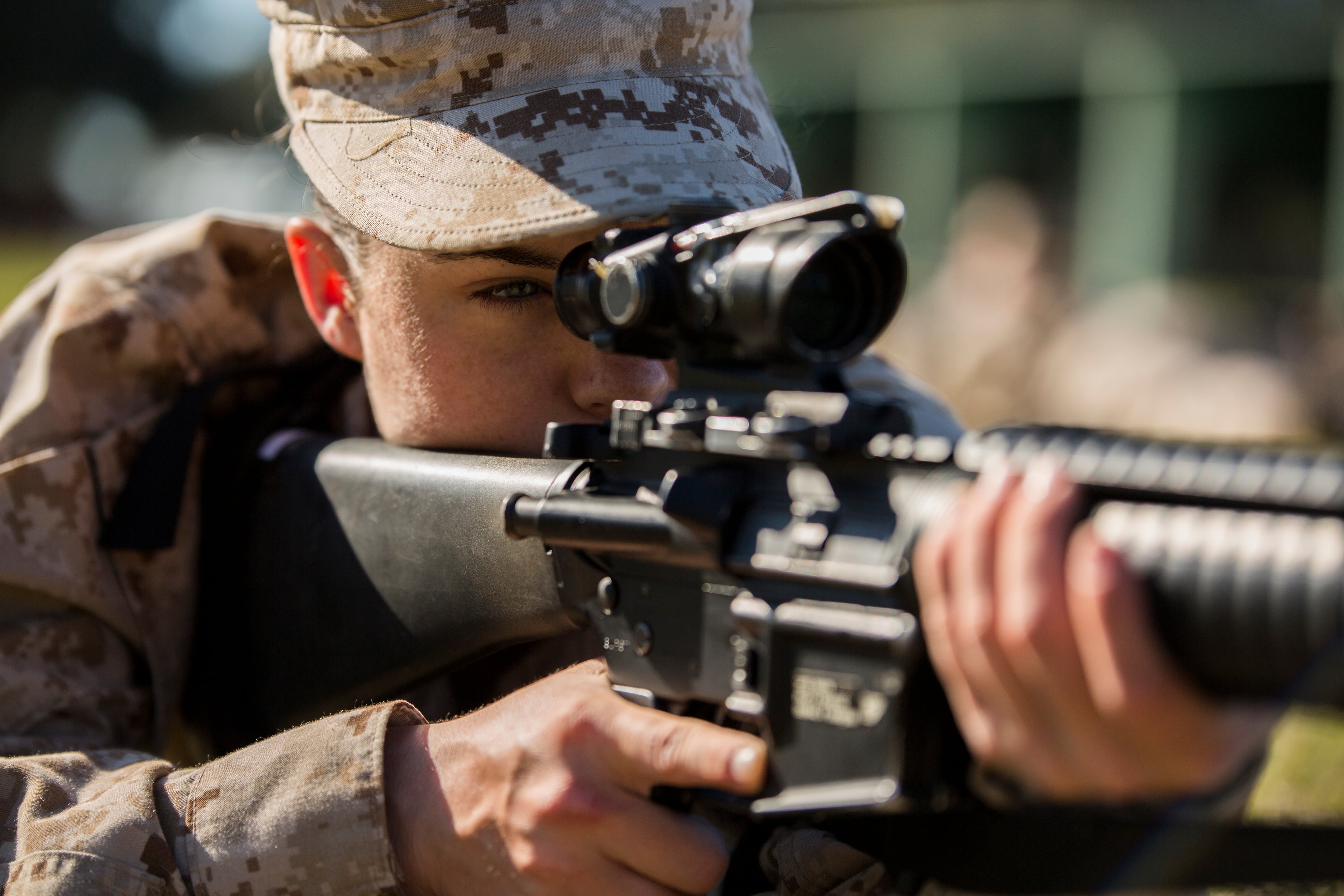
Rct. Carissa Rand practices the prone shooting position at Marine Corps Recruit Depot Parris Island, S.C.
Photo Credit: Sgt. Jennifer Schubert/Marine Corps
Now the seventh 7th category — physical and combat fitness testing — has gender-normed requirements. Women do not do dead hang pullups as men males do. If that requirement is standardized for all, there will be significantly fewer less women who can become Marines – because they inherently have less upper body strength (just look at almost any Olympic sport for comparison).
If, as some would say, the answer is to recruit those who do have the strength or train those we recruit to do better, then we have significantly narrowed the pool of available women who can meet those requirements — or we have to extend the training significantly for the others. – is Is that equity?
The Marine Corps has worked hard over the years to afford women equal opportunity in every category, save one: the combat arms, in which women were barred by regulation. With the latest decision to allow women into the combat arms, we're sure the Marine Corps will salute and implement as told. We are not going to argue that point here, except to say the standards for entry into the combat arms must remain the same.
But the latest directives from the Navy secretary Secretary of the Navy, micro-managing how the Marines perform their basic training, are off base, counterproductive, and demeaning to not only the female drill instructors women Drill Instructors who have performed so well for decades, but also to those wonderful female recruits who volunteered to become Marines and passed all the requirements to be one.
Brig. Gen. Stephen Cheney (ret.) served as the commanding general of Marine Corps Recruit Depot Parris Island, South Carolina, starting in 1999. He is a graduate of the U.S. Naval Academy and spent more than 30 years in uniform. Cheney is now the chief executive officer of the American Security Project and a member of the State Department Foreign Affairs Policy Board.
Col. Michael A. Malachowsky (ret.) served as the commanding officer of Recruit Training Regiment at Marine Corps Recruit Depot Parris Island, South Carolina. He has also served as the deputy commander of Marine Forces Korea and as SOCOM's J-7 director. Now the deputy division chief at SOCOM's Doctrine/LL Division, Malachowsky is a graduate of Oklahoma City University and holds a master's degree from California State University-San Bernardino.

